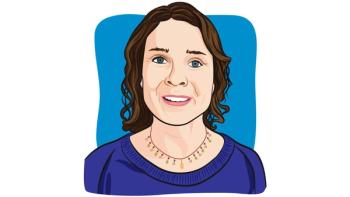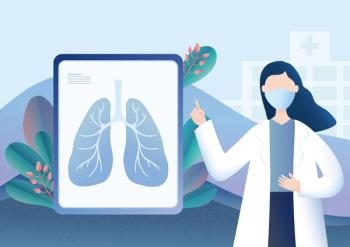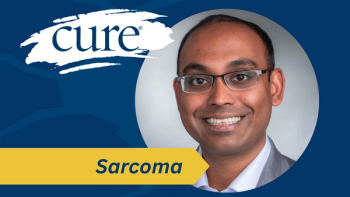
Finding Focus Outside of My Cancer
Key Takeaways
- A diagnosis of SLL can be devastating, but finding the right oncologist and treatment can provide hope and stability.
- Over 15 years, the patient has undergone various treatments, including the BTK inhibitor Calquence, to manage the disease.
After having SLL for 15 years, I won't let it define me — now, I'm working towards larger passions in my life.
When I was diagnosed with small lymphocytic lymphoma (SLL) 15 years ago, and read that there was no cure, you can imagine how devasted I was. I felt as if I had just been punched in the stomach, but that feeling wasn’t momentary. It didn’t leave me. I lost my appetite and couldn’t think about anything except this diagnosis. What now?
I knew I had to figure out how I would continue to live with this new normal…a chronic cancer for the rest of my life. After seeing three oncologists, I found the doctor who lifted my spirits and helped me realize I could do this. By the time he was done with me, I felt that if I had to have cancer, this was one I could live a long life with, especially if I could survive the first ten years. I was told there were new treatments on the horizon. I left his office in a different place than when I went in. I was given the most important thing: hope. I obviously survived the first ten years and now I am on a Bruton tyrosine kinase (BTK) inhibitor, Calquence (acalabrutinib), which is relatively new and didn’t exist when I was first diagnosed.
For 15 years, I have undergone a few infusion treatments and radiation at different times, but now I have Calquence to keep me stable for as long as it continues to work. I am explaining this because it’s not like it was such an easy road. Some people with chronic lymphocytic leukemia (CLL) or SLL are told to watch and wait until treatment is necessary, but for me, that was only the first two years. I live with the anxiety this cancer comes with, knowing there is no cure, and it can rear its ugly head at any time, as I am sure many of you can relate to. But I also knew I wasn’t going to let this define me.
I decided to give my life a bigger meaning than just being there for my family. I found causes that I was passionate about and went full speed ahead. I knew if I did this, it would help the anxiety I had. Putting my energy into these causes let me focus on something other than what I was dealing with personally because now, I not only take the Calquence, but I also have healthy antibodies given to me subcutaneously every four weeks to help my immune system.
I have made a conscious decision to work on causes that are important to me because it is a win-win. It takes my mind off my cancer, as well as helps something much bigger than I am. Instead of dwelling on my health issues, I am working on “repairing the world” in my own way and I feel good about the imprint I will leave, no matter how small it is.
For more news on cancer updates, research and education, don’t forget to





